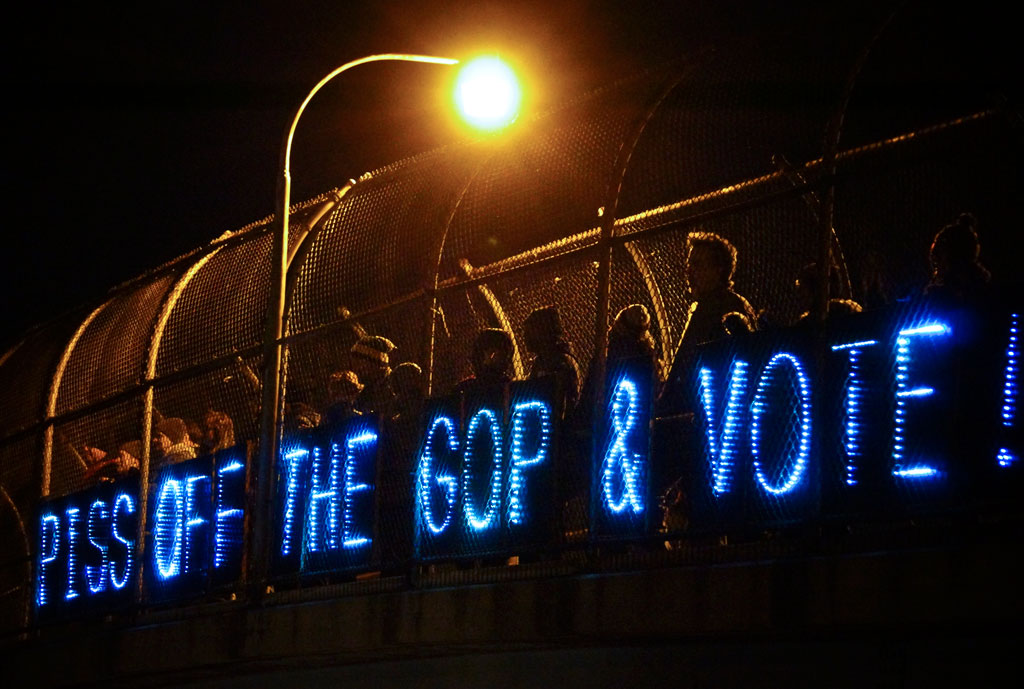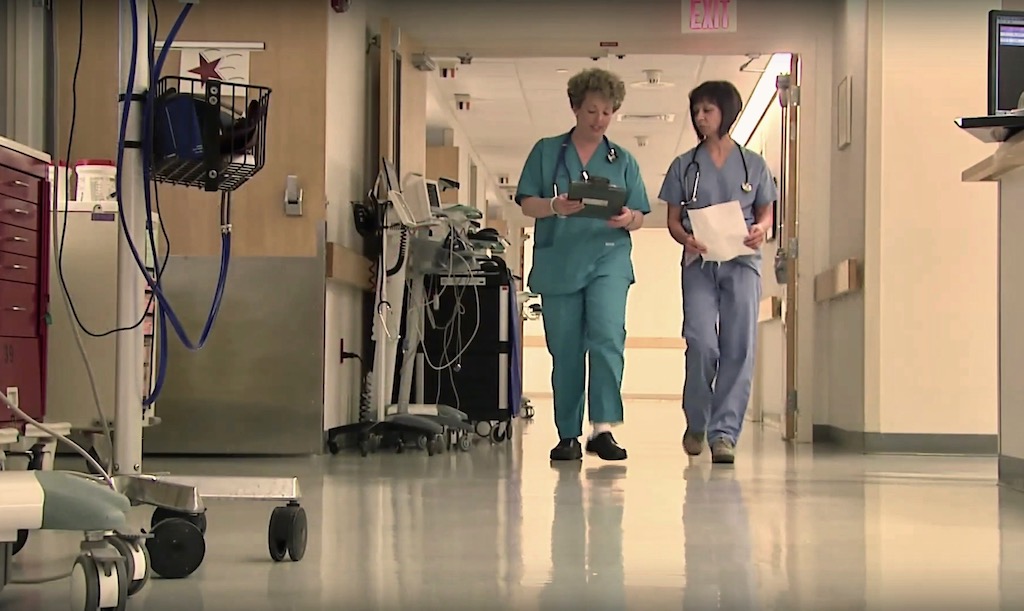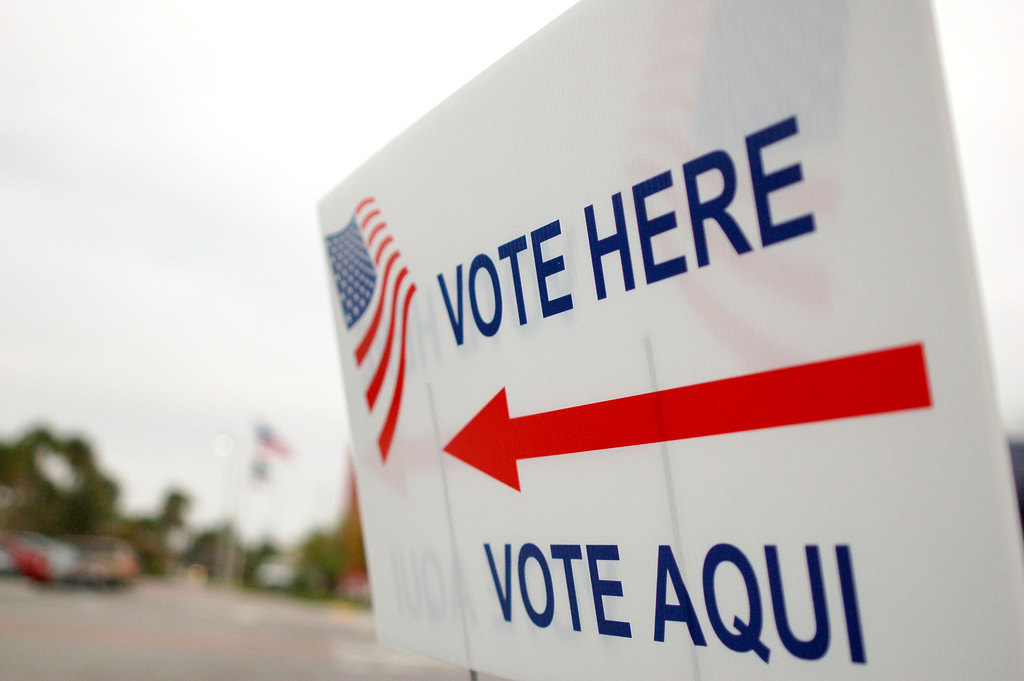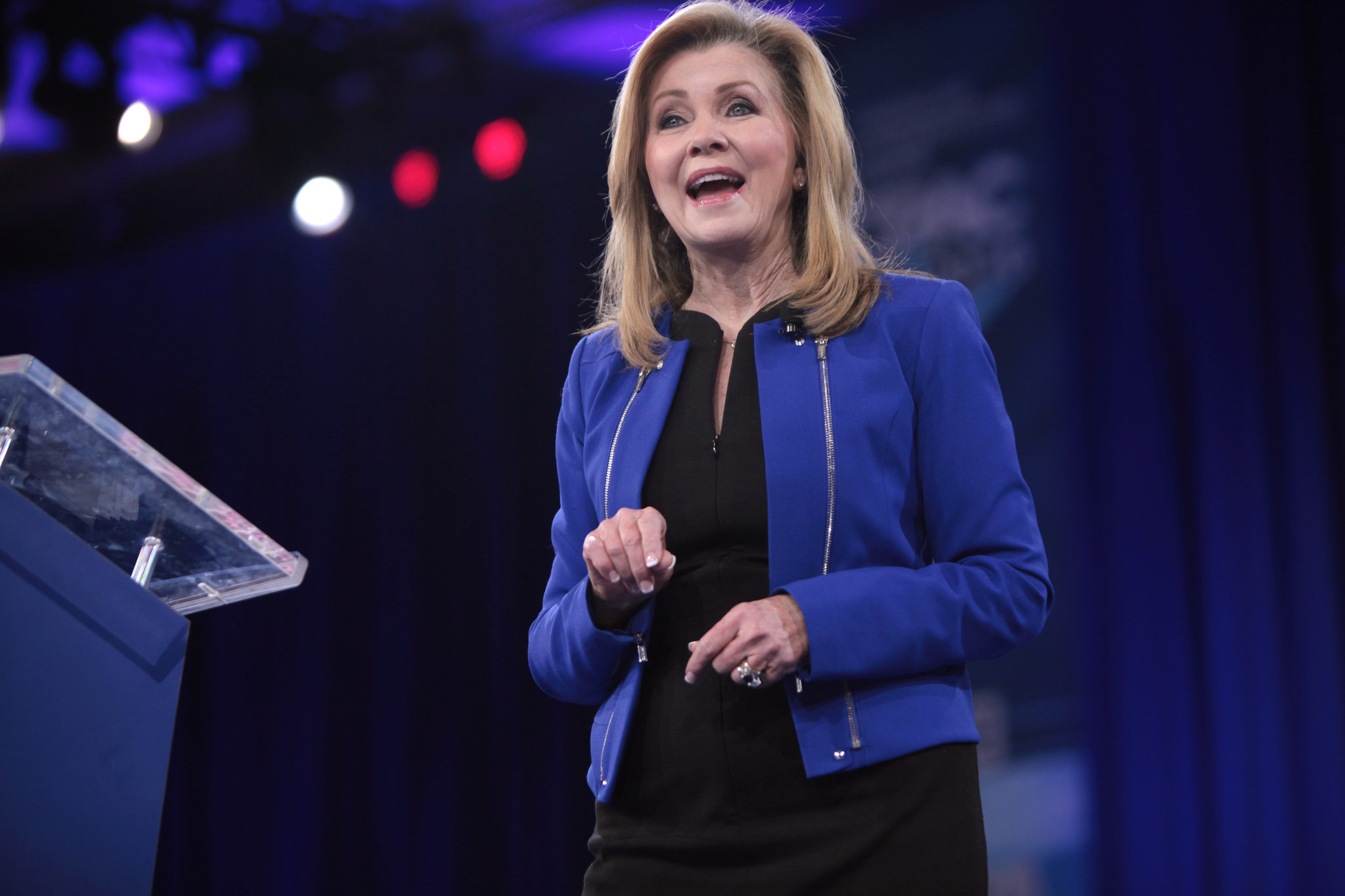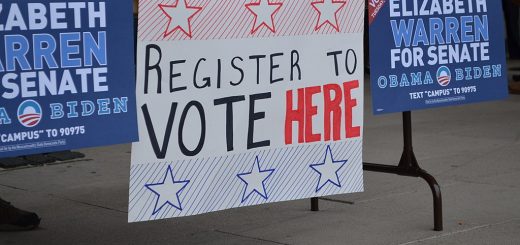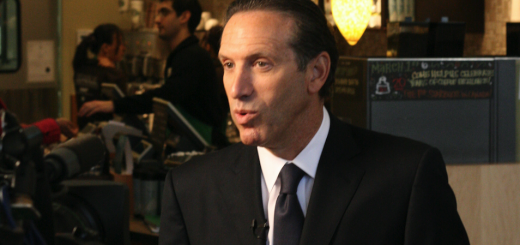Can midterm candidates wiggle their way to the White House in 2020?
With the excitement around the midterms winding down, our attention has already been shifted in the direction of the 2020 presidential election, where the playing field for the White House will be more competitive than ever.
President Donald Trump, who is a Republican, has already broken precedent by announcing his reelection campaign much earlier than any sitting president, filing with the Federal Elections Commision only hours after he was inaugurated in January 2017. The Democrats, however, have no obvious front-runner, and according to some researchers, the field could attract up to 30 candidates. The most popular potential candidates eyed by pundits have been Former Vice President Joe Biden or current Senators Bernie Sanders of Vermont and Elizabeth Warren of Massachusetts. And with political polarization running rampant, the Democrats need to choose and campaign wisely for their presidential candidate. In fact, increasingly large amounts of voters were influenced to participate in this election due to their opinion on the current President.
But contenders like Sanders and Warren were only just re-elected to their seats in the Senate, potentially ruling out a presidential run if they were to serve their full term. However, the path from the midterms to the presidential election is tough, and it’s logical that 2020 contenders will run for re-election when they’re up for it in the Senate, House, or Governorship in the prior election as a “safety net” in case their presidential plans fall through.
In fact, only 7 US Presidents have successfully ran for election or reelection to a House, Senate, or gubernatorial seat in the midterm election before the election in which they ran for president, which I will refer to as “prior midterm participation rate”. Grover Cleveland, Woodrow Wilson, Franklin D. Roosevelt, Bill Clinton, and George W. Bush were all re-elected as their state’s governors and John F. Kennedy was re-elected to his Senate seat in the prior midterms. Additionally, James A. Garfield is the only sitting member of the House to ever be elected to the presidency.
In contrast, vice presidents historically have a much higher prior midterm participation rate. 13 of the 48 US vice presidents successfully ran for election or reelection for a House, Senate, or Gubernatorial seat in the midterm election prior to the election where they were added to the presidential ticket. 3 of those (Calvin Coolidge, Richard Nixon, and Gerald Ford) eventually became president either by succession (Coolidge and Ford) or by their own merit (Nixon).
For the 2020 election, let’s look at the data for the Democrats. Of the Washington Post’s Top 15 Democratic Presidential Candidates for 2020 5 of them — Sanders, Warren, Amy Klobuchar of Minnesota, Kirsten Gillibrand of New York, and Beto O’Rourke of Texas– ran or re-ran for office, all of them competing for Senate seats.
O’Rourke, the only non-incumbent of the batch, was the only to run an unsuccessful campaign. However, O’Rourke’s extremely tight loss positioned him as a fresh face in the Democratic Party, as he was able to significantly outperform his opponent in fundraising and engage an overwhelming amount of Texans to vote Democratically. Meanwhile, Sanders, Warren, Klobuchar, and Gillibrand all won their reelection bids with extremely broad margins, ranging from 24 to 40 percentage points.
Other potential candidates that were not mentioned on the Washington Post’s shortlist that also successfully ran for reelection in the 2018 midterms include New York Governor Andrew Cuomo, Connecticut Senator Chris Murphy, and US Representatives Tulsi Gabbard, Seth Moulton, Tim Ryan, and Eric Swallwell. Like the Senators above, they all won by double digits.
While the likelihood of a sitting member of the House to arise to the presidency is extremely unlikely, leading Democrats who also know how to appeal to their bases in the Senate or holding gubernatorial positions may have a decent shot of taking the presidency in 2020. However, due to extreme political polarization, names that can appeal to both sides of the political spectrum will advance further those who only resonate with their base.
Some of these candidates are edging closer and closer to making big announcements. It’s noteworthy contenders such has Sanders, have paid a visit to Iowa to campaign for fellow candidates there this midterm cycle — but also to set the stage for the Iowa Caucus, the first primary in the 2020 election. In addition to this, Warren displays all of the possible indicators of a presidential run, debating a visit to Iowa, hosting countless campaign events, and amping up her general rhetoric. And a Beto campaign doesn’t seem unlikely, either, as PACs in support of him are appearing all over the place– not to mention that he recently admitted that he is considering running. For these two candidates, it seems that 2018 was only just a practice run for the grand prize, a White House win in 2020.
Sorry, John Delaney, but it seems that we will have to wait and see the Democrats’ strategy when their first major player announces their candidacy, whoever that may be.
